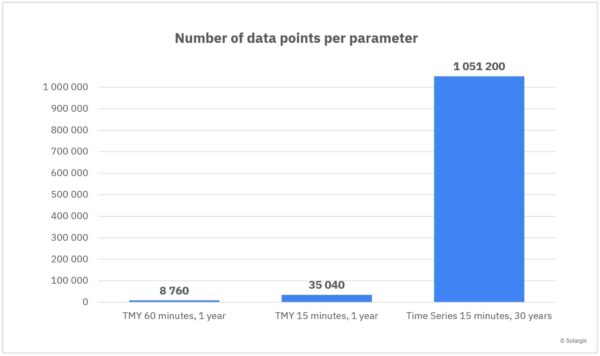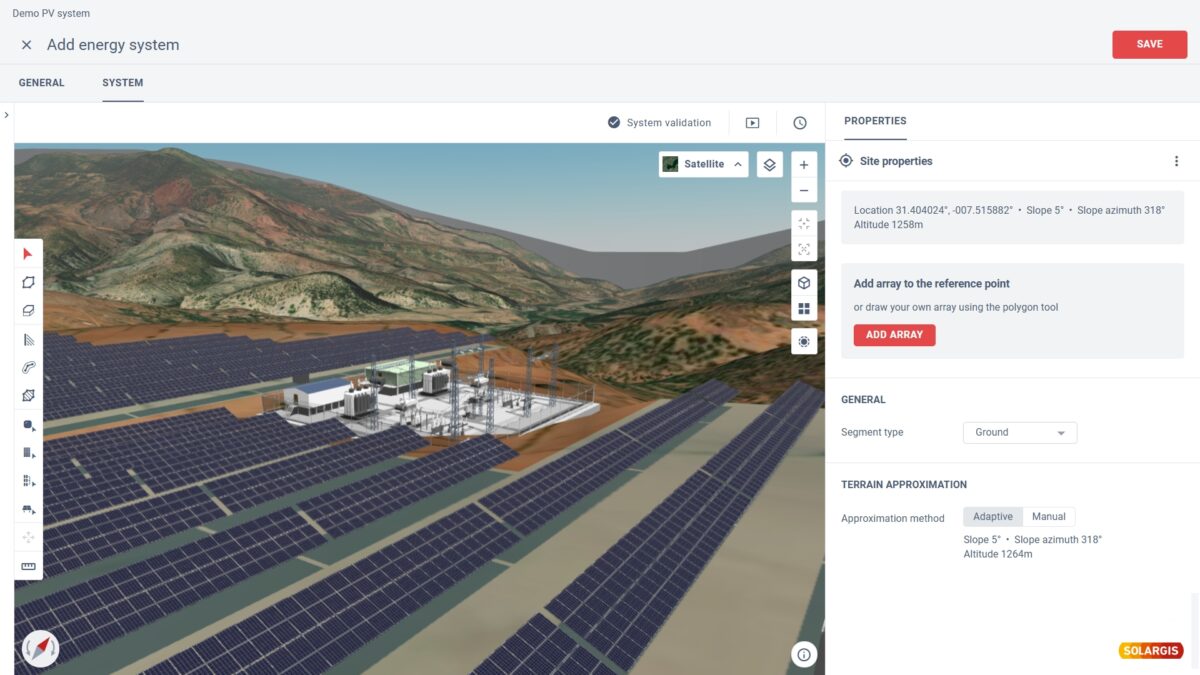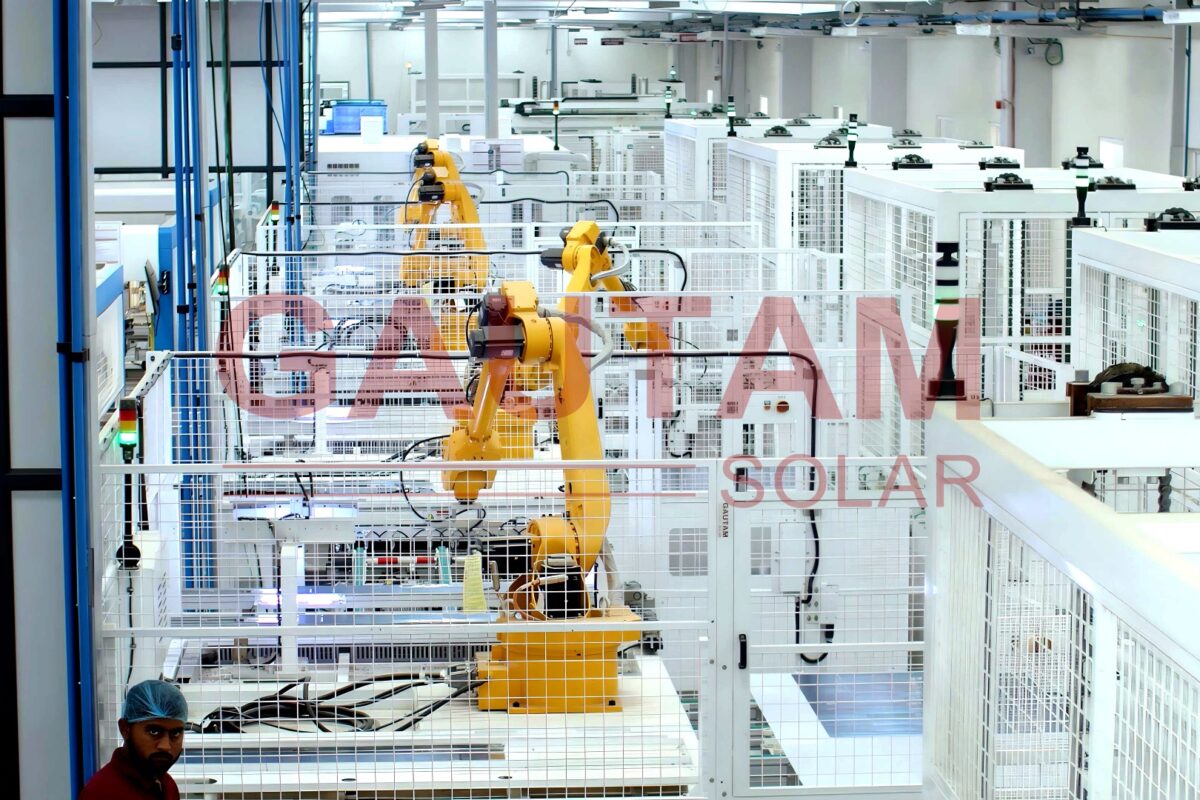What factors should be considered when analysing the underperformance of a solar PV plant?
To understand the underperformance of a solar PV plant, it is essential to use long-term, high-resolution solar data that allows us to analyse weather patterns year by year. This approach helps determine whether underperformance is an occasional occurrence or part of a systematic trend.
Weather variability is a natural phenomenon, but what is becoming increasingly evident is the rising frequency and intensity of extreme events. In India, these occurrences are becoming more frequent.
Over the past few years, several states of India have recorded annual solar radiation levels below the long-term average based on 26 years of historical data. This could be attributed to stronger monsoons with increased cloud cover, or to growing levels of air pollution and also humidity – coming primarily from the ocean due to rising temperature. However, we still cannot predict with certainty whether such deviations will recur year after year. Next year might bring entirely different conditions. That’s why we need to observe this closely.
What are the limitations of typical meteorological year (TMY) datasets in analyzing climate variability and PV plant underperformance?
It is important for the industry to understand the value of using long-term, high-resolution time series data – covering many years – that help identifying weather patterns, cycles, and emerging trends.
Historically, the solar industry has relied heavily on TMY datasets. These are artificial datasets, representing an averaged or ‘typical’ weather in a year. But as ‘typical’ weather becomes less predictable, and extreme conditions more frequent, TMY datasets fall short. They fail to reveal the deviations and extremes that can significantly impact PV performance.
So, instead of using a single TMY dataset, using 25 or more years of historical, continuous data is far more informative. For perspective: a TMY file contains around 8,760 data points (hourly values for one year), whereas a comprehensive historical archive with a 15-minute granularity can contain over 1 million data points. Running simulations across this full archive allows us to identify extremes and understand year-by-year variability, which in turn helps us understand climate cycles and long-term changes more effectively.

Image: Solargis
When we run calculations on the full archive of data, we clearly see those extremes. By looking into year-by-year variability, we better understand the climate cycles and possible trends.
The key message here is that the industry must move from relying on hourly TMY data to embracing full historical archives. These high-resolution datasets provide approximately 200 times more information – an invaluable resource for evaluating the risks that PV projects may face over time.
From a historical standpoint, a data-intensive modelling was impractical due to software and hardware limitations. But with the rise of cloud computing and more sophisticated physical models, the industry can now process large datasets and extract far more meaningful insights, efficiently and quickly.
How has the advancement in computing power and data availability improved the understanding of environmental factors’ impact on the performance and longevity of PV systems?
A deeper understanding of weather-related risks requires not only access to large, high-resolution datasets but also the use of advanced modelling techniques that can accurately simulate how PV systems interact with their environment.
India, for example, experiences high temperatures, high humidity, strong monsoons, and significant rainfall, before significant dry periods – all of which place physical stress on solar PV systems. Local pollution adds another layer of complexity.
Compared to five years ago, we now have computing power and data that give us far more detailed analysis of how changes in climate affect PV technologies. By studying the interaction of PV modules and inverters with weather, we can anticipate degradation patterns and reduced efficiency caused by extreme combinations of temperature and humidity.
Strong winds or strong thunderstorms are another serious factor that may put the system under risk of damage. In temperate climate, hail is becoming a growing threat. While such weather events are not new, their frequency and intensity are increasing.
This is where we are pushing the industry to advance – by using more diverse environmental data and software solutions that make use of such data, offering much higher resolution and detail. These tools help identify risk factors and optimise the design of PV systems so that they are more resilient to the changing environment. The use of more detailed, more robust, and physically based models can help avoid configurations that could fail under extreme conditions.
Consider the 2023 freeze in Texas: a few days of unusually cold temperatures led to a widespread failure of the energy infrastructure. The cause? Systems weren’t designed to handle such extremes. A similar risk exists in tropical regions, where we need to understand and plan for not only ‘typical’ conditions but also the full range of possible extremes.
What new challenges do developers face today?
For years, PV power plants – both globally and in India – were developed under relatively stable regulatory and financial conditions. Developers used to just calculate typical production and look into the long-term estimates, treating them in their financial plans as fixed or guaranteed. But the landscape has changed.
Today, building a power plant demands stricter grid compliance. Developers are expected to provide accurate forecasts, and failure to match projected production can result in penalties. Energy storage has become a crucial part of PV power systems because operators need to compensate for the weather variability and shift energy to periods when demand and prices are higher.
In many countries, solar prices are lowest around noon. Developers now need to design business models and systems that allow energy delivery in the late afternoon or evening, when it is more valuable. This requires more sophisticated technical designs, not only in terms of hardware, but also in terms of how and when electricity is sold.
That’s where the integration of high-quality data, advanced software, and detailed technical information about system components becomes indispensable. The level of detail available today enables developers to fine-tune PV systems to deliver electricity at the right time, in the right quantity, and at the right price.
This content is protected by copyright and may not be reused. If you want to cooperate with us and would like to reuse some of our content, please contact: editors@pv-magazine.com.









By submitting this form you agree to pv magazine using your data for the purposes of publishing your comment.
Your personal data will only be disclosed or otherwise transmitted to third parties for the purposes of spam filtering or if this is necessary for technical maintenance of the website. Any other transfer to third parties will not take place unless this is justified on the basis of applicable data protection regulations or if pv magazine is legally obliged to do so.
You may revoke this consent at any time with effect for the future, in which case your personal data will be deleted immediately. Otherwise, your data will be deleted if pv magazine has processed your request or the purpose of data storage is fulfilled.
Further information on data privacy can be found in our Data Protection Policy.